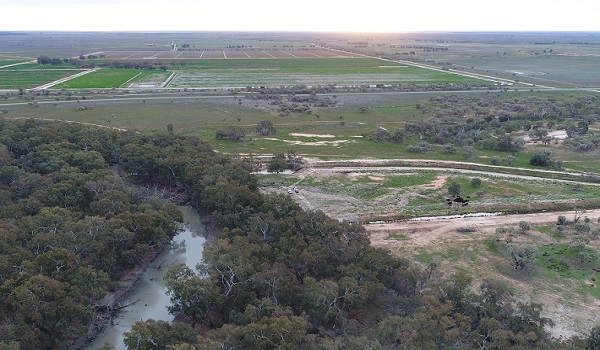New water allocations reflect record rainfall in recent months
The opening water allocations for NSW licenced water users reflect the significant turnaround from drought conditions to an abundance of water across the state.
Director of Water Planning Implementation, Allan Raine, said the start of the new water year saw greatly improved storage levels, with storages almost at maximum capacity across the NSW operated rural dams.
“The first allocations for the new water year are exceptional across inland NSW, resulting in greater water security for regional towns and critical needs, as well as improved levels of water availability for general security water users,” Mr Raine said.
“Our coastal catchments are mostly fully allocated from the start of the 2022/23 water year.
“With continued rainfall and water flowing into catchments, combined with good soil moisture for winter cropping, water availability across the entire Murray-Darling Basin is fantastic for the start of the 2022/23 water year.
“Storage levels for WaterNSW operated dams, excluding the Snowy Hydro, total about 17,300 gigalitres, which is 97 per cent of active storage capacity. This is 35 per cent higher than this time last year.
“Many parts of the NSW coast experienced heavy rainfall during the early part of 2022, with some coastal catchments experiencing record flooding in March.”
Mr Raine said that west of the range, substantial flows into the Basin and down the Barwon-Darling river system have resulted in large volumes of water arriving at the Menindee Lakes, transforming Far Western NSW.
“The Menindee system is currently surcharged to 110 per cent full, holding around 1,900 gigalitres. This is enough to provide over 18 months security of water supply for all high priority needs in the Lower Darling including a full (100 per cent) general security allocation for the 2022/23 water year.”
The Bureau of Meteorology has forecast a good chance of exceeding median rainfall conditions in coming months from July through to September.
Days are likely to be cooler than average for most of the state during July to September, while nights are likely to be warmer than average across the state during this period.
“We will continue to monitor conditions closely so that we can make announcements regarding changes to water availability and outlooks to keep the water users and the community informed,” Mr Raine said.
Additional information on available water determinations can be found on the department’s website: www.industry.nsw.gov.au/water
 New water allocations reflect record rainfall in recent months.
New water allocations reflect record rainfall in recent months.